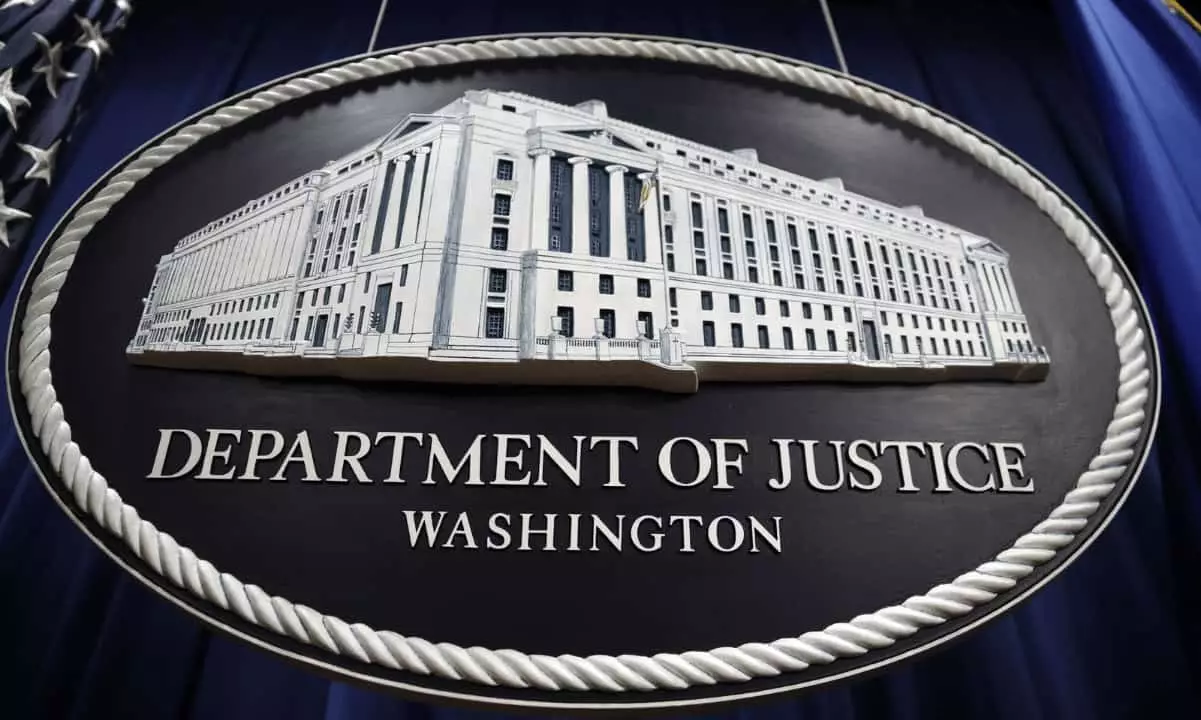In a move that highlights the serious shift toward holding digital financial criminals accountable, the United States government has announced a staggering reward of up to $6 million for information leading to the capture of Garantex’s key executives. This crackdown underscores an uncomfortable reality within the cryptocurrency landscape: how an unregulated, defiant platform like Garantex could operate for years, facilitating billions in illicit transactions before facing the full weight of justice. The exchange’s story serves as both a warning and a critique of the lax oversight that allowed it to flourish amidst criminal activity.
Garantex, a Russian-founded crypto exchange registered in Estonia, exemplifies reckless regulatory disregard. Originally launched at the end of 2019, it quickly developed a reputation as a haven for cybercriminals, drug traffickers, and terrorists seeking to launder money with relative impunity. Its operations from Moscow and St. Petersburg, combined with minimal oversight, created fertile ground for illicit activities. It was only after serious deficiencies emerged—particularly in Estonia’s financial compliance framework—that authorities stepped in and stripped it of its license in February 2022. Even then, it managed to stay afloat through savvy circumvention strategies, demonstrating a blatant disrespect for legal and ethical boundaries.
Legal Actions and Financial Havoc
The recent US action reflects a broader effort by multiple nations to clamp down on these shadowy operations. The Department of State’s Rewards Program sets a clear precedent: criminal enterprises that use crypto exchanges as their laundromats now face the real risk of targeted arrests and convictions. The impressive $5 million bounty on Aleksandr Mira Serda, a Russian national and Garantex’s co-owner and CCO, signals the gravity of the U.S. government’s commitment to holding such figures accountable. It is a bold statement that criminal wealth, regardless of how obscurely it is masked or laundered, will eventually be traced and seized.
Criminal networks relied heavily on Garantex for moving proceeds—over $96 billion processed over a six-year period—funds that often originated from catastrophic acts such as terrorism, drug trafficking, and ransomware operations. The move to freeze assets and seize wallets shows the resilience of authorities to disrupt criminal financing streams, even when the exchange itself tried to obscure its trail. This proactive approach is necessary to restore some measure of integrity to a market riddled with dishonesty and greed.
However, the fight is far from over. Garantex’s ongoing operations under a successor, Grinex, reveal how criminals adapt to regulatory pressure, working relentlessly to maintain their illicit networks. Their strategies — including masking wallet addresses, shifting jurisdictions, and leveraging obscure intermediaries — demonstrate a calculated attempt to evade legality. The recent arrests and indictments, most notably in India and the U.S., highlight an increasingly global effort to pursue these operators across borders.
The Costs of Negligence and the Need for Vigilance
Most striking is how a platform with such blatant disregard for regulations could not only operate but flourish with the backing of weak anti-money laundering frameworks. Estonia’s failure to enforce strict compliance standards directly contributed to Garantex’s rise, a failure that now costs taxpayers billions in criminal damages and law enforcement resources. The case highlights the urgent need for tougher international cooperation and stricter regulatory standards for crypto exchanges, especially in jurisdictions with historically lax oversight.
It’s also worth noting the high-profile case of Ekaterina Zhdanova, a notorious money launderer who channeled over $2 million through Garantex to the U.S. dollar-pegged Tether. Her case underscores the importance of tighter controls and greater transparency, as well as the risks inherent when dangerous individuals exploit gaps in regulation. The fact that she was able to funnel millions amid ongoing investigations demonstrates how much work remains in policing these digital pipelines.
In the end, Garantex’s story paints a stark picture of the dangers posed by unregulated exchanges. Their reckless pursuit of profit often comes at the expense of safety, stability, and legality. While authorities’ recent aggressive stance is promising, it also reveals the systemic vulnerabilities that criminals continue to exploit. The gamble of lax oversight has cost taxpayers and innocent victims enormously, and unless the international community commits to stronger standards, these threats will persist—profiting a select few while harming many.

